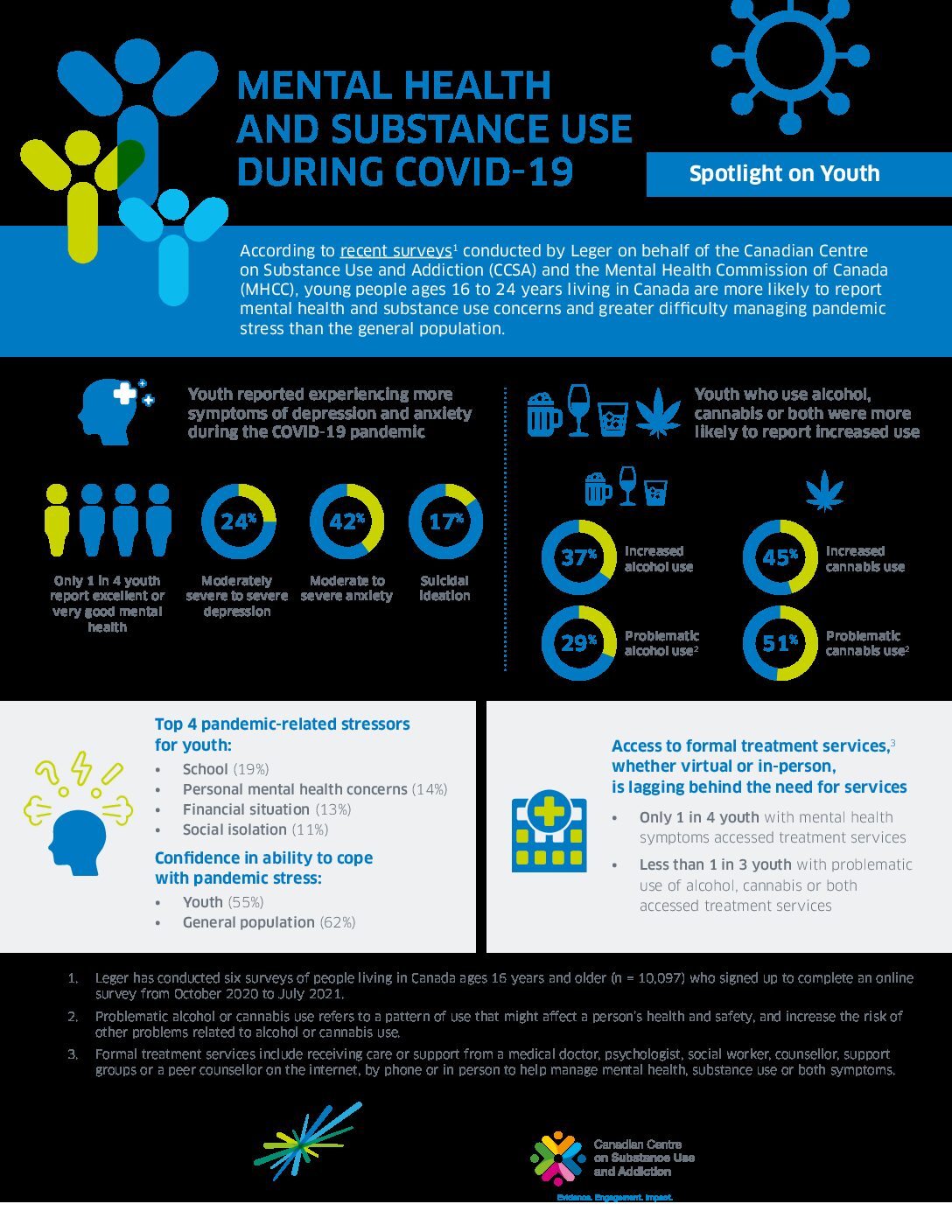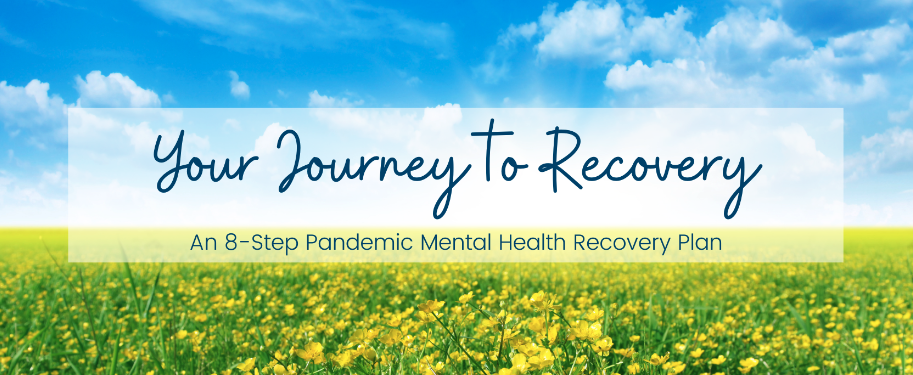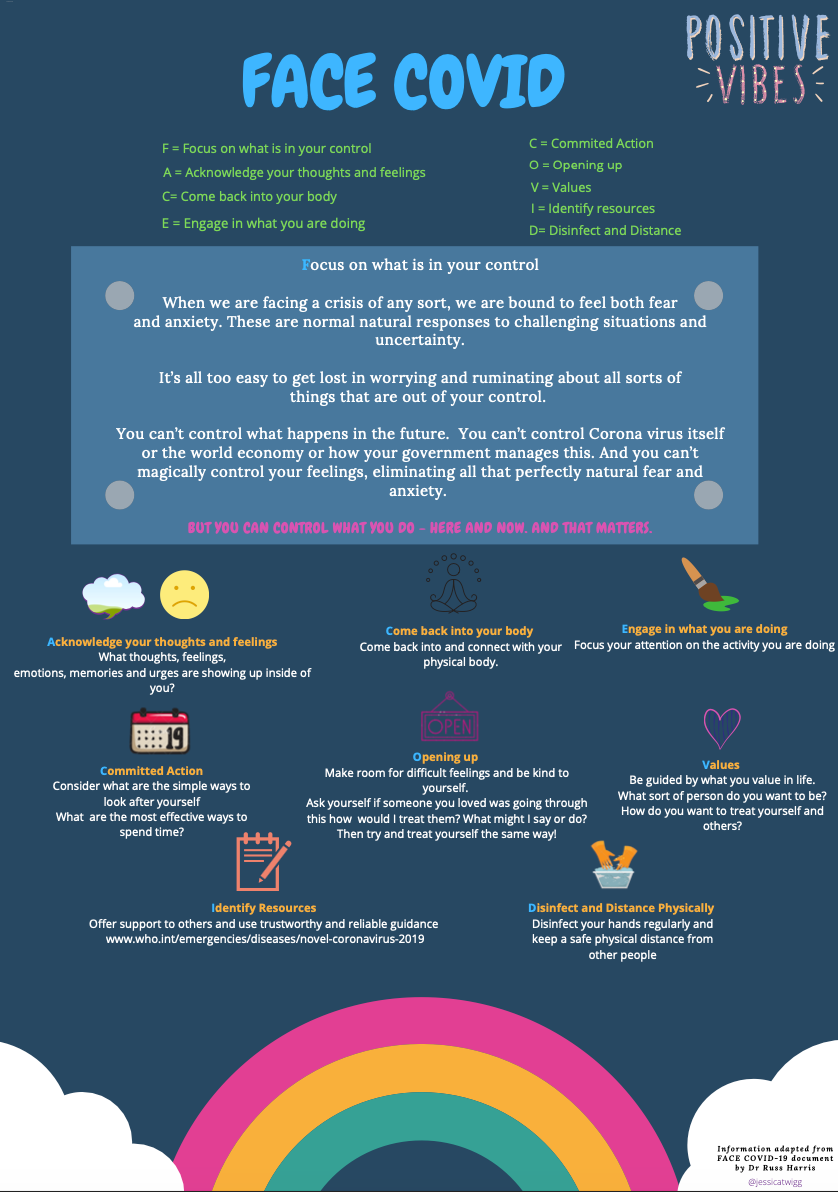Understanding Impacts of the Pandemic
Because changes came so rapidly and repeatedly throughout the pandemic, it can be difficult to fully understand their impacts on our lives. Some of the new and unknown challenges faced by youth were:
- Less socialization, interaction, and connections with peers, teachers, coaches, friends, family
- Less opportunity for recreation, hobbies, and exercise
- Virtual learning environments and lack of academic development
- Economic stress, poverty, homelessness
- Remaining in unsafe living environments, exposure to family violence and conflict
- Less accessibility to important resources like health and wellness services
- Missed milestone events such as prom, co-op education, and graduation ceremonies
- Fear of illness of self and loved ones
- Confusion, uncertainty, and stress around continually-changing rules and restrictions
- Feelings of hopelessness, depression, anxiety
- Increased political divide and disagreement
Children and youth flourish in environments that are predictable, safe, and structured. The COVID-19 pandemic has disrupted these protective factors making it difficult for children and youth to adapt and thrive.”
–
Tracy Vaillancourt, Peter Szatmari, Kathloiki Georgiades, and Amanda Krygsman in The Impact of COVID-19 on the mental health of Canadian children and youth

Once we understand the stressors we have experienced, we can work to recover from them and create positive habits and memories in a post-lockdown world.
Mental Health Recovery After COVID-19: Resources

Visit Mind Beacon to see their 8-step plan for a mental health recovery journey.

Returning to a New Normal: 12 Tips for Handling Uncertainty
- Remind yourself of the reasons to re-engage. Doing things you have not done in a while will likely be anxiety provoking and difficult at times. Remind yourself of what can be gained by doing the things that the anxiety is saying could be risky. For example, a source of motivation for a anxiety-provoking social situation could be to build new memories with your friends.
- Identify what you fear could happen and challenge those fears before you start. Anxiety may be deterring you from doing something because you might “embarrass yourself”. In response to these kinds of hears, challenge them before you go into the situation. This allows you to enter the situation with a reasoned conclusion to rely on while you are in a potentially anxious spot.
- Start small. Not everything you avoid or are anticipating re-entering is equal in terms of difficulty. Give yourself a chance to succeed. To start, build a fear ladder to help yourself progress to more challenging situations.
- Gradually work up to more difficult situations. Give yourself a chance to build on your success by gradually increasing the difficulty level.
- Be consistent. Like any fear or difficulty, the more often you confront it, the quicker you will reach a place of comfort with it.
- Debrief after doing something that makes you anxious. After you finish doing something that scares you, compare what actually happened to what you feared could happen.
- Don’t negate your success. The anxious part of your brain has a job – to keep you safe from perceived danger. If we always listened to this part of our brains, we would not have a happy, productive, or fulfilling life because too much time would be spent expecting danger and trying to keep safe.
- If something is more difficult than you expected, be compassionate with yourself and don’t give up. Being a young person is challenging on its own.
- Congratulate yourself for your hard work. You do not need to congratulate yourself for only positive outcomes; any work toward the outcome you want should be celebrated.
- Compare within yourself, not others. Everyone has their own fears that they’re working on. Just because something that makes you anxious does not appear to make someone else anxious, doesn’t mean that person is free from anxiety.
Source: Anxiety Canada
A hub of resources to help you take care of yourself and look out for the people you love.
COVID-19 has, and will, impact the mental health of people everywhere. Kids Help Phone saw an unprecedented surge of young people feeling more stressed than usual reaching out, and this has continued through life after lockdown. Finding accurate information and appropriate resources can be hard. Jack.org, School Mental Health Ontario and Kids Help Phone have partnered to bring you all the information needed in one easy-to-access hub so that youth mental health remains top of mind, and our communities are able to easily access the education, tools, support and reliable information they need. Please share widely with the young people in your life.
Source: Canadian Mental Health Association
More on Mental Health
Additional resources, tips, and information on mental health services.
Youth Highlight: Liv McNeil
Liv McNeil, a 15-year-old student at Etobicoke School of the Arts, has astonished many with her short film called “Numb.” Read more.
The spread of COVID-19 has slowed, but germs, bacteria, and viruses still exist. Stay healthy by following these guidelines from canada.ca
- Stay home if you’re sick.
- Wash your hands often with soap and water for at least 20 seconds.
- Use hand sanitizer containing at least 60% alcohol if soap and water aren’t available.
- Cough and sneeze into a tissue or the bend of your arm.
- Throw away used tissues in a lined garbage can and wash your hands right away
- Stick to a small and consistent social circle.
- Practise physical distancing by keeping a 2-metre distance from others (outside of your social circle).
- Wear a non-medical mask or face covering when:
- physical distancing isn’t possible, particularly in crowded public settings
- you’re indoors in public spaces
- required by the business or local public health authority
- Wear a non-medical mask or face covering when:
- Avoid high-risk settings and activities.
Self-assessment tool – The Ontario Government has created an interactive self-assessment tool if you’re worried you were exposed to COVID-19 or have symptoms.
COVID Alert App – helps break the cycle of infection. The app can let people know of possible exposures before any symptoms appear.
Assessment Centres – if you believe that you have come into contact with someone with COVID-19 please find your nearest assessment centre to get tested.

HWDSB COVID-19 current guidelines and safety measures.

